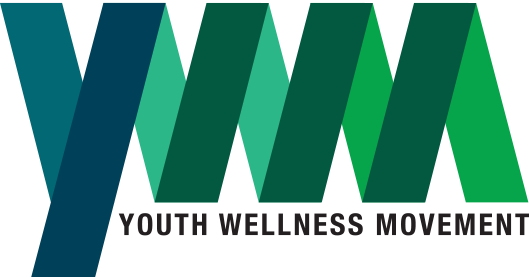Approach
If we seek to grow and develop children that are well and critical, civically engaged democratic citizens that understand their value and purpose on the planet, then major changes will need to take place in the education system. Wellness needs to be the core, the foundation of what this change is built upon. We can implement youth wellness by following 4 steps.
Prioritize
Wellness has to be the primary, if not the exclusive priority of schools. Anything short of that commitment, virtually insures that wellness will be relegated to program/project status and will give way to higher priorities at critical and decisive moments when a focus on wellness is most determinant of student outcomes.
Step 1Develop
If the commitment is wellness, then what naturally follows is a commitment to developing policy, practice, and people to deliver on that commitment. This requires a serious institutional commitment beginning with a reorganization of funding and staffing to reflect that level of reorganization.
Step 2Sustain & Protect
When youth wellness is committed to and being developed and supported on a daily basis, schools will also need to grapple with the fact that no matter what we do when children are with us, they still return to a larger society that places their wellness under attack on a daily basis. Part of the strategic, long-game, thinking needs to tackle the challenge of sustaining and protecting the wellness of children that are hated and dehumanized in the larger society.
Step 3Measure
Data is the coin of the realm. It is a good thing that we are demanding that schools be data driven. But, if what matters is wellness then we need to measure what matters. Changes in wellness over time are measureable in children and those measurements should be driving how individual schools understand their impact and adjust their policy, practice, and people to insure that the children have an educational experience that leaves them more well than when they came to us.
Step 4
